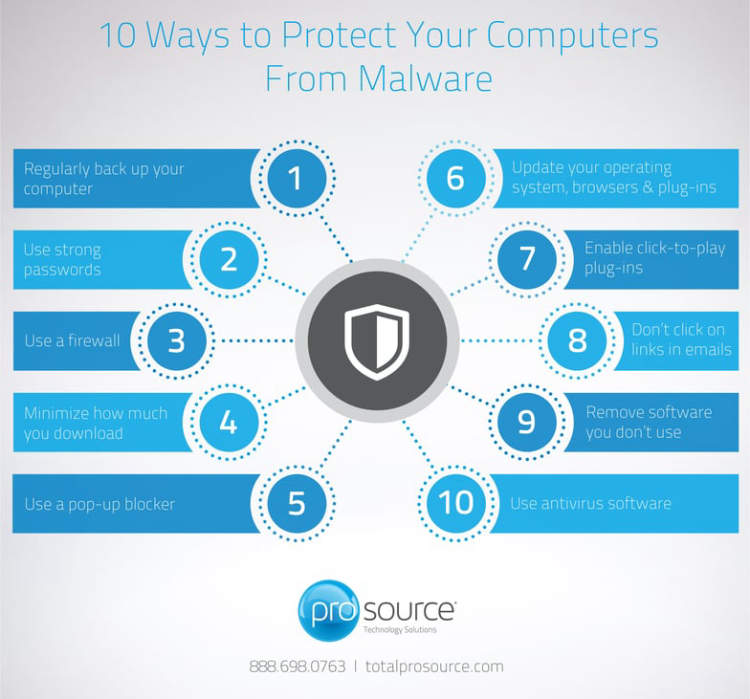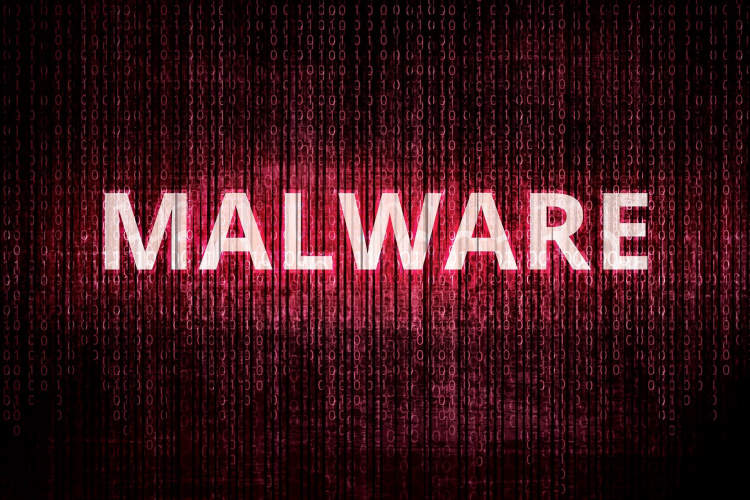In this digital era, protecting our laptops from malware is more important than ever. Malware, short for malicious software, can cause serious damage to our devices, compromise our sensitive information, and even lead to identity theft. In this article, we will provide essential tips and techniques to help you safeguard your laptop from malware attacks.
First and foremost, installing a reputable antivirus software is crucial. This software will continuously scan your laptop for potential threats and prevent malware from infecting your system. Regularly update your antivirus software to ensure you have the latest protection against emerging malware threats. Additionally, enable real-time scanning to detect and remove malware in real-time, providing an extra layer of security.
Installing a reliable antivirus program
In today’s digital age, protecting your laptop from malware is essential. One of the most effective ways to safeguard your device is by installing a reliable antivirus program. Here’s a step-by-step guide on how to do it:
1. Research and choose a reputable antivirus program
Start by conducting thorough research to find a reputable antivirus program that suits your needs. Consider factors such as price, features, and customer reviews.
2. Download the antivirus program
Once you’ve made your decision, visit the official website of the antivirus software provider. Look for the download page and select the appropriate version for your operating system.
3. Run the installer
Locate the downloaded file on your computer and double-click to run the installer. Follow the on-screen instructions to proceed with the installation.
4. Customize the installation settings
During the installation process, you may be given the option to customize certain settings. Consider enabling features like automatic updates and real-time scanning for maximum protection.
5. Complete the installation
Once the installation is finished, the antivirus program may prompt you to restart your laptop. Follow the instructions and restart your device if necessary.
6. Update the antivirus program
After the restart, open the newly installed antivirus program and check for updates. Keeping your antivirus software up to date ensures it can effectively detect and block the latest malware threats.
7. Perform a full system scan
Now that your antivirus program is installed and updated, it’s time to run a full system scan. This will help detect any existing malware on your laptop and remove it if found.
8. Configure scheduled scans
To ensure ongoing protection, configure your antivirus program to perform regular scheduled scans. This will help identify and eliminate any new malware that may have entered your system.
9. Stay informed and be cautious
While having an antivirus program is crucial, it’s important to remember that no software is foolproof. Stay informed about the latest cybersecurity threats and be cautious when browsing the internet or downloading files.
By following these steps and installing a reliable antivirus program, you can significantly enhance the security of your laptop and protect it from malware.
Keeping your operating system and software updated

One of the most important steps in protecting your laptop from malware is to regularly update your operating system and software. Here’s why it’s crucial and how you can do it:
Why should you keep your operating system and software updated?
- Enhanced security: Regular updates provide patches and fixes for any vulnerabilities that may exist in your operating system or software. By keeping them updated, you ensure that you have the latest security features, protecting your laptop from malware.
- Bug fixes and performance improvements: Updates also address any bugs or glitches that may be present in your system. By installing updates, you can improve the overall performance and stability of your laptop.
- New features and compatibility: Updates often come with new features and improvements that enhance the user experience. They also ensure that your system remains compatible with the latest software and applications.
How to update your operating system and software:
- Operating system updates: On Windows, go to the Settings menu and select ‘Update & Security.’ Click on ‘Windows Update’ and choose ‘Check for updates.’ If updates are available, click ‘Download’ and install them. On macOS, click on the Apple menu, select ‘System Preferences,’ and go to ‘Software Update.’ Follow the instructions to install any available updates.
- Software updates: Most software applications have a built-in update feature. Look for an option like ‘Check for updates’ or ‘Software updates’ within the settings or preferences menu of each application. Some applications may also notify you when updates are available.
Tips for keeping your laptop updated:
- Enable automatic updates: Set your operating system and software to automatically check for and install updates. This ensures that you stay up-to-date without having to remember to manually check for updates.
- Keep your internet connection stable: The update process requires a stable internet connection. Ensure that you have a reliable connection to avoid any interruptions during the download and installation of updates.
- Restart your laptop after updates: Some updates may require a restart to complete the installation. It’s recommended to restart your laptop once updates are installed to ensure that they take effect.
By regularly updating your operating system and software, you can significantly reduce the risk of malware infecting your laptop. Take the time to check for updates and keep your laptop protected.
Avoiding Suspicious Emails and Downloads
In today’s digital age, it is essential to ensure the safety and security of your laptop from malware. One of the common ways that malware can infiltrate your system is through suspicious emails and downloads. Here are some tips to help you avoid falling victim to such threats:
1. Be cautious with email attachments
Before opening any email attachment, make sure to verify the sender’s identity. If you receive an attachment from an unknown or suspicious source, refrain from opening it. Hackers often use email attachments to distribute malware, so exercise caution.
2. Avoid clicking on suspicious links
Always be wary of clicking on links in emails, especially if they appear to be from unknown sources or seem too good to be true. These links can redirect you to malicious websites that can infect your laptop with malware. To stay safe, hover over the link to see the URL before clicking on it.
3. Install a reliable antivirus software
A good antivirus software can provide an additional layer of protection by scanning your emails and downloads for potential threats. Regularly update your antivirus software to ensure you have the latest security patches and definitions.
4. Enable firewall and pop-up blockers
Firewalls act as a barrier between your laptop and potential threats, helping to block unauthorized access. Additionally, enabling pop-up blockers can prevent malicious pop-ups that may contain malware.
5. Download from trusted sources
When downloading files or software, it’s crucial to use reputable sources. Avoid downloading from unfamiliar websites, as they may host infected files or disguise malware as legitimate downloads.
6. Keep your operating system and applications updated
Regularly updating your operating system and applications is vital to ensure that you have the latest security patches. These updates often address vulnerabilities that hackers can exploit to install malware on your laptop.
7. Educate yourself about common phishing techniques
Phishing is a technique used by hackers to steal sensitive information by disguising themselves as trustworthy entities. Stay updated on the latest phishing trends and educate yourself on how to spot and avoid them.
By following these tips, you can significantly reduce the risk of malware infecting your laptop through suspicious emails and downloads. Remember, prevention is always better than dealing with the aftermath of a malware attack.
Conclusion
Protecting your laptop from malware is of utmost importance in ensuring the safety and security of your personal data. By following the guidelines mentioned in this article, you can significantly reduce the risk of malware infecting your device.
First and foremost, installing a reliable antivirus software is essential. This tool will help detect and eliminate any potential malware threats before they can cause damage. Regularly updating both your operating system and antivirus software is crucial as it ensures that you have the latest security patches and virus definitions.

